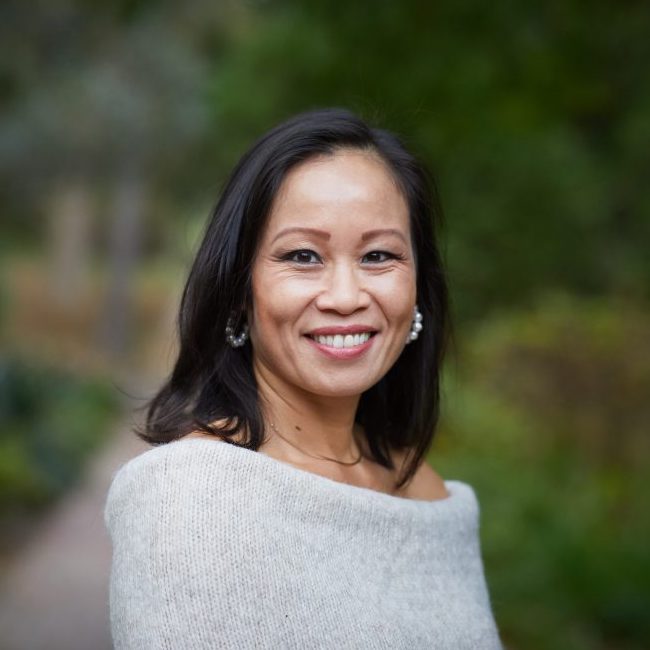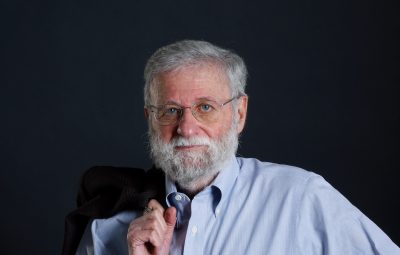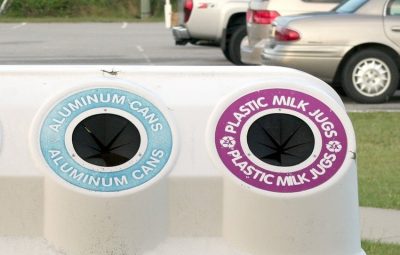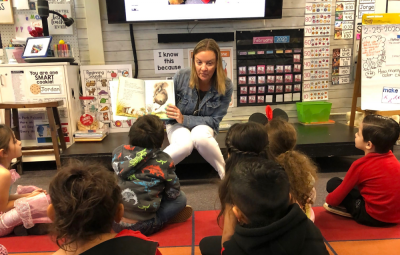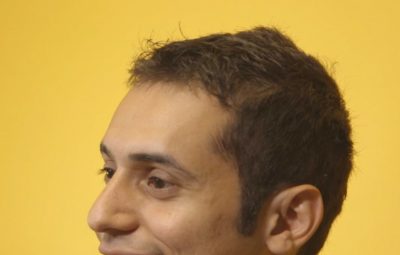Mai Nguyen began her role as Director of The Design Lab in March of this year, but she will be making the move from her long-time home of Chapel Hill, North Carolina to San Diego this summer. Her excitement beams because, having grown up in Orange and Riverside counties, she considers herself a native Californian. “For me, this is coming home to a place that I’m very familiar with; a place that I saw grow and develop and become what it is today.” It is precisely witnessing the development of these regions over time that inspired her to pursue her graduate studies in sociology and urban planning . “I watched the Southern California landscape get dotted by more and more development and traffic–where sprawl met the wall. I also saw the lack of foresight and planning—our policies, our practices, our design of space really created so many other problems because we didn’t think about the long-term consequences of our growth and development. So I come back to The Design Lab with that background.”

Her passion for collaboration and emphasis on asking the right questions for more purposeful outcomes are what makes Nguyen a stand-out in translating her research to a broad audience. She joins The Design Lab having served at the University of North Carolina as the Director of the Academic Leadership Program, the Director of the Center for Community Capital, and the Director of the Moore Undergraduate Research Apprenticeship Program. She is the Founder and President of Urban Planning Solutions, LLC, and is a Research Fellow for the Center of Excellence for Community Social Impact at the Filene Research Institute. Working as an international expert consultant for the Fulbright Specialist program, her projects also span throughout Southeast Asia, including Vietnam, where she is helping government officials find ways to modernize their education and collaborating on solutions to problems resulting from rapid urbanization. “Educators in Vietnam feel—and this comes from them—as if they are somewhat behind the times in terms of technical skills and really understanding the social consequences of their physical development. They’ve focused a lot on bricks and mortar, roads, those sorts of things, but not so much on the social impacts. I teach classes, provide workshops, and help them to modernize their doctoral curriculum in urban planning.”
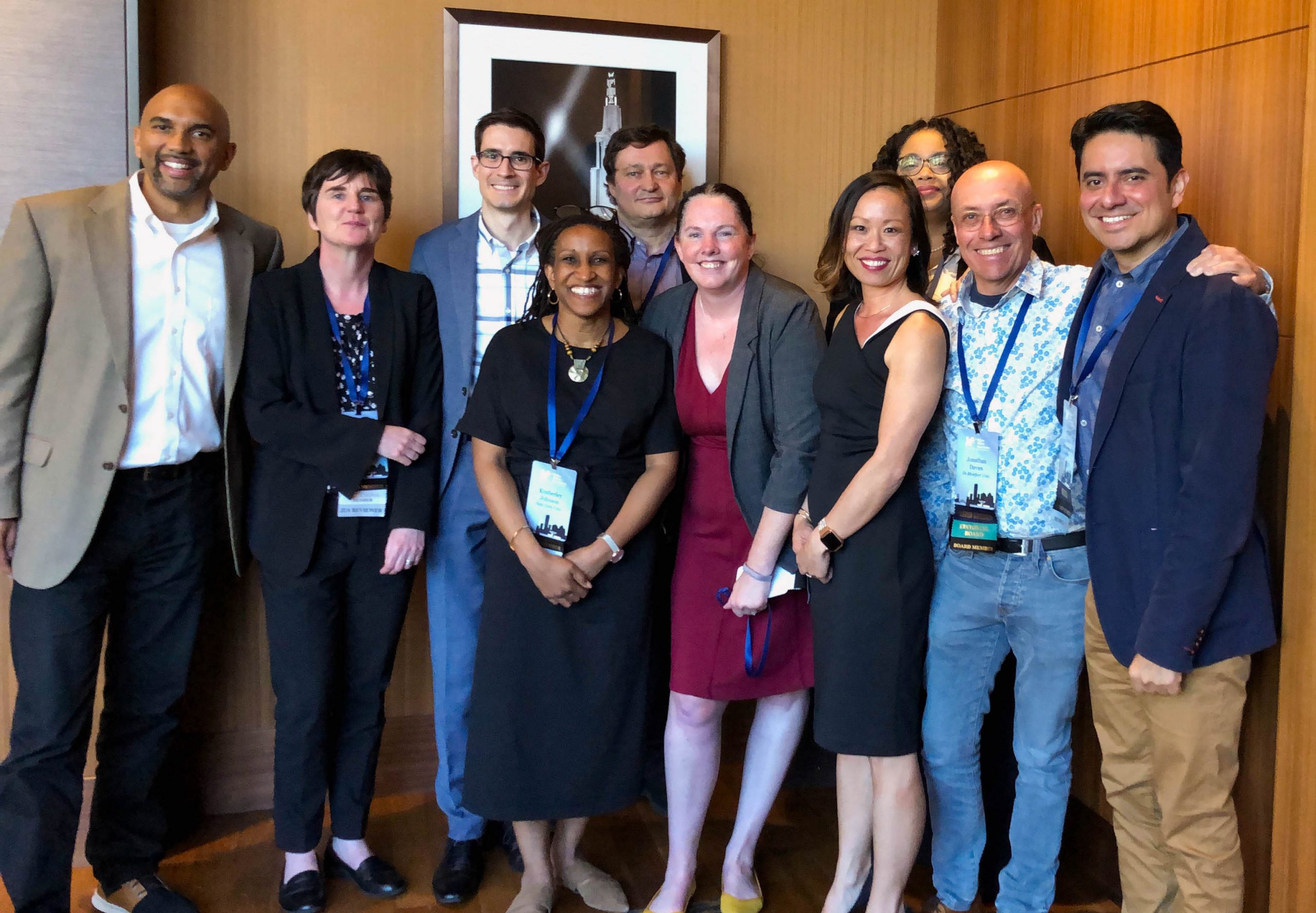
Nguyen has not only aimed her social and spatial expertise at community-driven design at home and abroad, but she has done it all with a commitment to the ceaseless work of dismantling structural inequality and systemic racism. “I’m a housing and community development scholar, so when I think about community-driven design, I think about working with communities to help them advance their own goals,” explains Nguyen. She says the end goal is to design a better, more just society by looking through a structural and systemic-change lens. “I think about empowering communities to shape their future. From an equity-resilience perspective, what you want to do is create more resilience in these communities; provide them with resources, skills, the ability for social and economic mobility, so that if a shock to the system were to happen—say an economic recession, or even a natural disaster, a fire or a hurricane comes through—that they can withstand or bounce back from these shocks.”

She says Covid-19, which she refers to as a ‘fast-moving disaster,’ has been a perfect example of this test of resilience because it has compounded what she refers to as the existing ‘slow-moving disasters.’ “What I mean by that is poverty, inequality, and racism–these are chronic disasters that we have in our community. If we do not address the root causes of these issues, they will continue to harm our communities. And when fast-moving disasters hit communities that have chronic disasters, the results can be deadly. We need to think about asking the right questions, to tackle the root causes of the slow-moving disasters, as opposed to just being reactionary and addressing just what’s in front of us.”
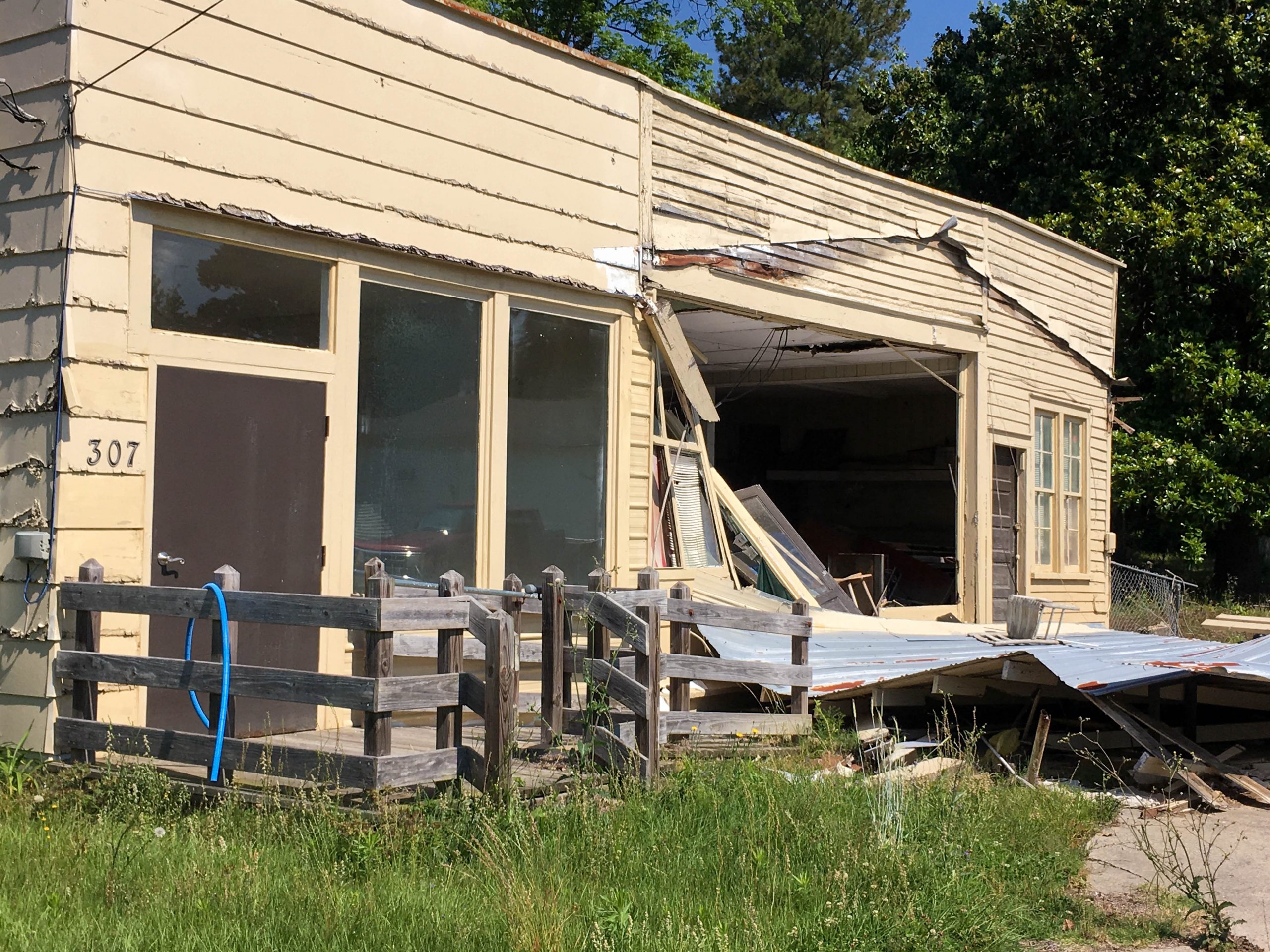
Nguyen considers it her mission to act as a bridge between the underserved communities and organizations that have the power and resources to assist them. “Communities that have stronger social ties, social networks, resources they can access—banks for example, credit unions that can give out loans to families—if they have these community resources, they are going to be able to withstand these crises. […] It’s about constantly working on the slow-moving disasters, but then also being able to quickly respond to the fast-moving disasters. So that’s how I frame the work that I do, and it ties into all of the different projects that I have.”
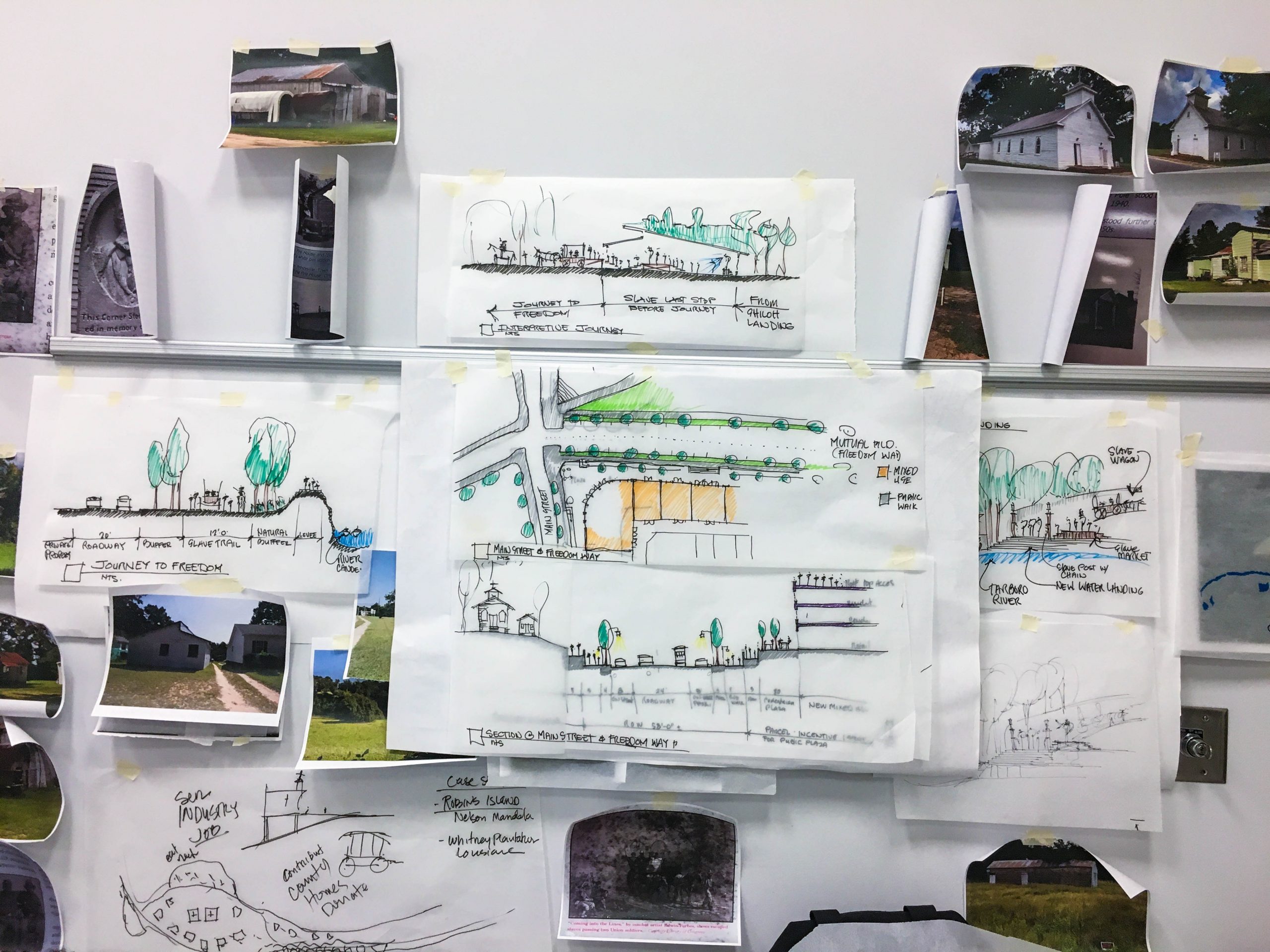
One of Nguyen’s projects, in particular, proved that building equity and resilience works when it’s built from a human-centered foundation. In 2010, Nguyen was part of a team of researchers involved in a five-year evaluation of a Charlotte Housing Authority project in North Carolina called Hope VI. “Hope VI is a federal program. This program was unique in that most Hope VI programs only focused on providing quality housing through the construction of mixed-income housing, but this program also offered case management, mentorship, and access to resources for families.” Nguyen explains that they learned two valuable lessons at the project’s conclusion. “We need to address mental health issues in our population. That’s really critically important. But to get families who’ve been living in poverty for a really long time to work, they need to be connected to resources. You can’t just say you need to go work and they have to go find it themselves. That’s very hard for them to do. And so, it’s sort of this wrap around service model. They get incredible quality housing in a mixed income neighborhood, and then also layered on top of that are resources and services that they can access. We’ve shown that it does work.”
This relentless drive for systemic change has origins in Nguyen’s childhood. She began her journey to the United States as a two-year-old refugee after the Vietnam War. It wasn’t an easy transition for her or her family. “Coming from a war-torn country to another country, such as the US, which had very strong opinions about the Vietnam War… I came into a situation in which there were many people that did not like the fact that we were in America,” says Nguyen. She explains that not only were she and her family outsiders, but that they were outsiders that were hated. “We’ve seen this happen time and time again. After conflicts and wars, there is an anti-immigration backlash.” Her experiences have deeply shaped her personal and professional trajectory. When there are anti-immigrant sentiments, anti-Asian issues that arise, they create a visceral response. “This is certainly where I get my commitment to justice, diversity, equity and inclusion.”
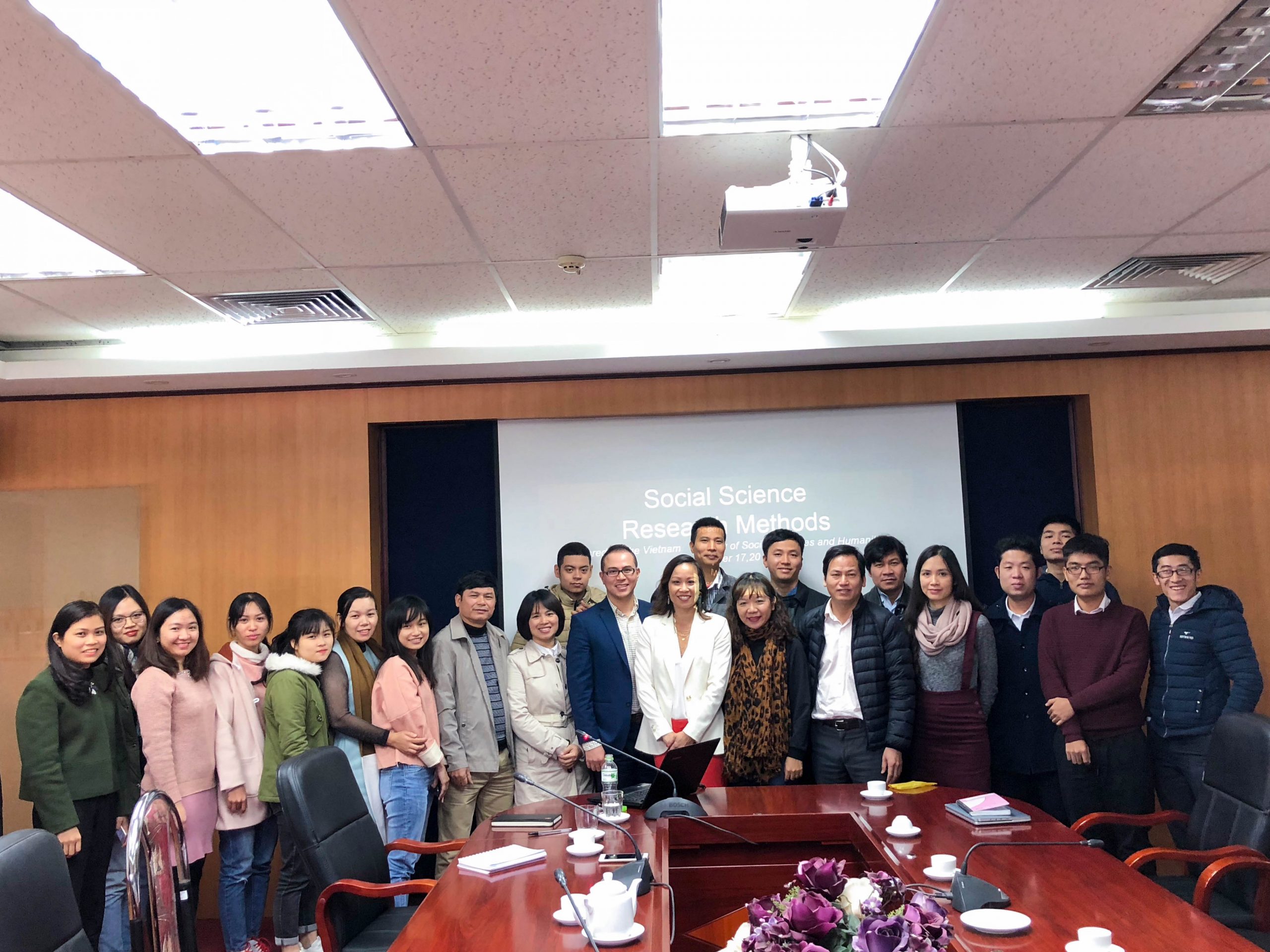
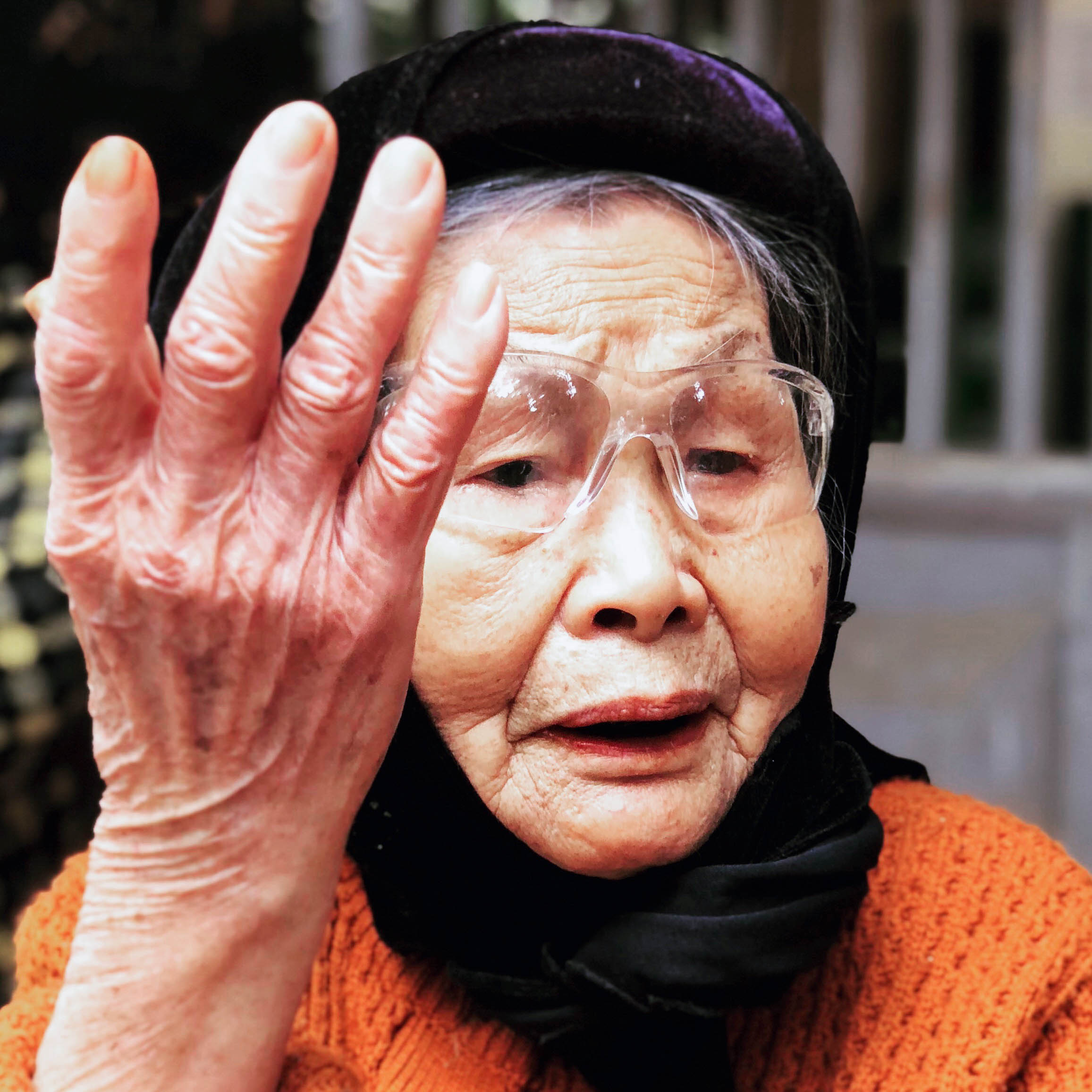
Whether it’s fighting systemic racism, lack of diversity in leadership, or outdated methods of housing and community development planning and policy, Mai Nguyen is who you want leading the charge . As the Lab’s new Director, she has an eye on local, national, and international opportunities in which The Design Lab can provide solutions to complex societal problems with an interdisciplinary, systems, and multi-scalar approach. “I know that The Design Lab has tremendous expertise and strength in human-technology interactions and what I bring is an added perspective on the spatial scale, the human-technology-community interaction scale,” says Nguyen. “I think that’s where my work really ties into the Design Lab; to really think about bottom-up, community-driven design that will change systems and structures for a better tomorrow.”
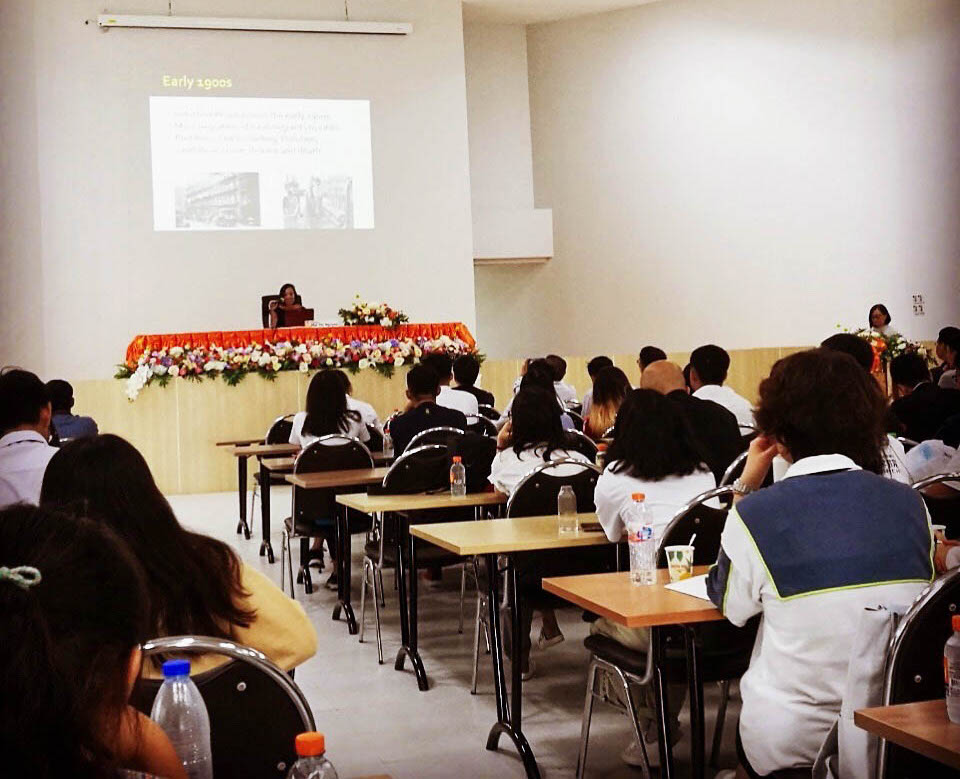

She believes that part of being successful in this work is focusing on the critically important work of justice, diversity, equity and inclusion (or JEDI) inside and outside the Lab. “It’s definitely a priority of mine. This JEDI lens has to start within the members of our lab, has to be embedded with the culture of our lab, and then it extends outward to the research and community engagement that we do. And this work is continual, it never stops.”
Being a complimentary and collaborative component to the interdisciplinary nature and human-centered design mission of The Design Lab is what Nguyen is looking forward to most. “What drew me into the Design Lab was the potential to solve complex societal problems through collaborations across different disciplines and with partnerships with industry, government, and communities. For me, leveraging cross-disciplinary, cross-sectoral knowledge and skills to solve intractable societal problems has really powerful potential. That’s what I’ve wanted to do my entire career. Landing in a spot like UC San Diego that is such a young institution where new ideas and innovations are embraced and where the innovation culture is already embedded in the ecosystem was something that was very exciting for me.”

